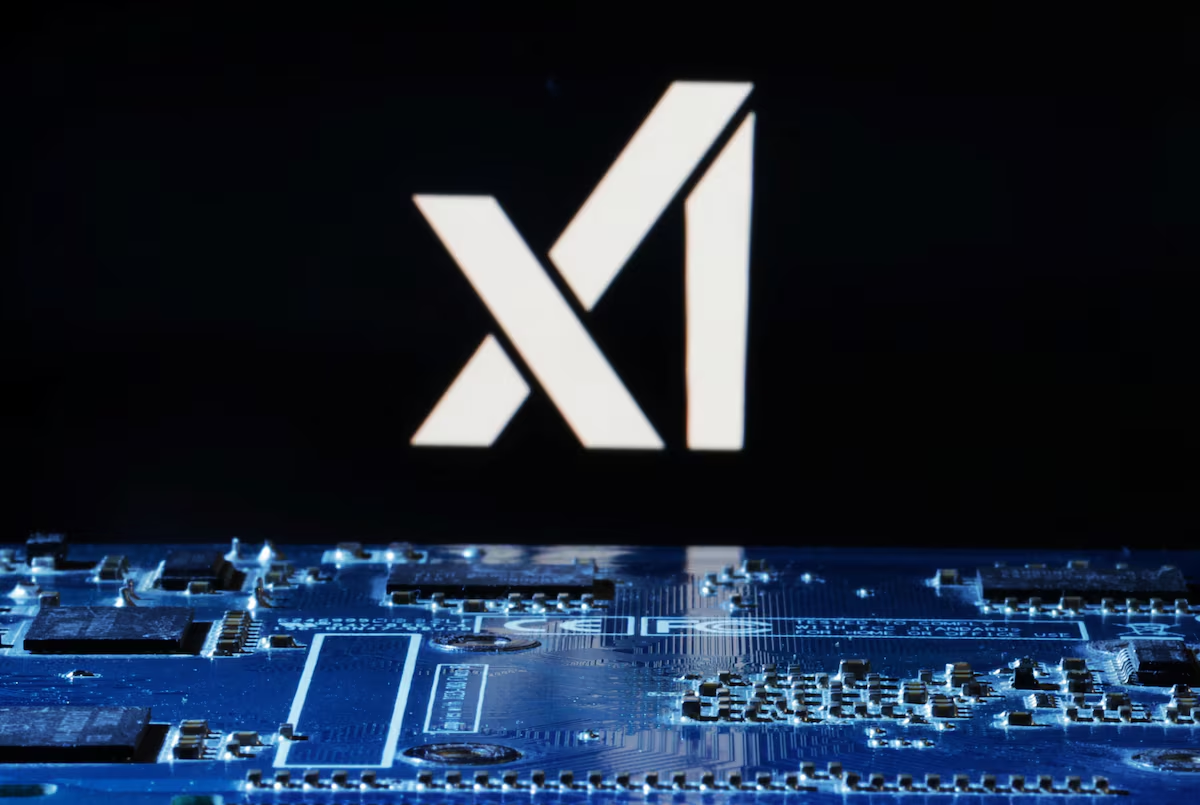“This weekend, the xAI team brought our Colossus 100K H100 training cluster online,” Elon Musk wrote in an X post. “From start to finish, it was done in 122 days. Colossus is the most powerful AI training system in the world. Moreover, it will double in size to 200K (50K H200s) in a few months.”
Powering the Future: Elon Musk’s xAI Supercluster in Memphis Now Fully Operational
Elon Musk’s newly established xAI Supercluster data center in Memphis recently hit a remarkable milestone by simultaneously activating all 100,000 advanced Nvidia H100 chips—a feat confirmed by sources familiar with the development. From start to finish, it was done in 122 days. Colossus is now the most powerful AI training system in the world.
This accomplishment positions the facility, known as “Colossus,” as the most powerful supercomputer ever built, marking an extraordinary achievement for xAI, a young company that brought the massive data center online in under six months.
Though Musk claims Colossus is the largest data center in the world, industry insiders remain skeptical about xAI’s ability to consistently power and manage the vast array of GPUs at full capacity. Specifically, no other company has successfully interconnected 100,000 GPUs, as doing so requires overcoming significant networking challenges to ensure they function as a cohesive computing unit.
Earlier this week, xAI broke through these barriers, making history by harnessing unprecedented computational power to train an AI model more advanced than any other in existence. The Colossus facility is now being used to train the AI model behind Grok, xAI’s new chatbot, which positions itself as an unfiltered alternative to ChatGPT.
In its relentless pursuit of AI dominance, xAI has even connected natural gas turbines to temporarily bolster its power supply, a stopgap measure until utility officials can enhance the facility’s electrical infrastructure.
| Highlight | Description | |
| 100,000 Nvidia H100 GPUs | Number of advanced GPUs activated simultaneously, a record-breaking achievement for xAI. | |
| 6 Months | Time it took to make the Colossus data center fully operational, demonstrating xAI’s rapid execution. | |
| 1.5 ExaFLOPS | Estimated peak performance of the Colossus supercomputer, making it the most powerful AI system globally. | |
| 10+ Megawatts | Approximate power consumption of the facility per day, highlighting the massive energy demands of AI models. | |
| 5 Gigawatts | Power capacity requested by OpenAI for future data centers, equivalent to the output of five nuclear plants. | |
| $30 Billion | Investment fund from Microsoft, BlackRock, and MGX for building AI infrastructure, showcasing the scale of AI. | |
| 30% Efficiency Boost | Efficiency improvement from integrating natural gas turbines for supplementary power at the Colossus facility. | |
| 10x More GPUs | Number of GPUs interconnected at Colossus compared to traditional supercomputers, breaking technological limits. | |
| First AI Model with 100,000 GPUs | xAI is the first to use 100,000 interconnected GPUs to train a single AI model, setting a global benchmark. |
Pushing the Limits of AI at the Colossus Supercomputer
Energy demands have become a critical hurdle for developing cutting-edge AI models. Bloomberg recently reported that OpenAI CEO Sam Altman sought government support to build data centers requiring five gigawatts of power—equivalent to the output of five nuclear plants.
Meanwhile, tech giants like Microsoft, BlackRock, and Abu Dhabi’s MGX are pooling resources in a $30 billion fund aimed at advancing the infrastructure behind AI-driven data centers.
The race to build more powerful AI models has spurred fierce competition for resources, with OpenAI seeking billions in new funding and considering changes to its corporate structure to attract larger investments.
While raw computing power alone doesn’t guarantee superior AI, it’s widely believed within the industry that more powerful systems lead to more capable models. An increasingly popular strategy is the “mixture of experts” approach, where multiple AI models are trained separately and then integrated to create a more robust system.
Historically, the more GPUs interconnected under one roof, the more groundbreaking the results—and with 100,000 GPUs now firing in unison, Musk’s xAI SupercluerColossus stands at the cutting edge of that frontier.
RapidAI@Scale: Silverback’s Expertise in Unprecedented AI Deployment
Silverback Data Center Solutions played a critical role in delivering this groundbreaking infrastructure. Overcoming immense networking challenges, our team ensured all GPUs interconnected seamlessly to function as a cohesive unit—a feat no other organization has accomplished at this scale. The result? Unparalleled computational power to train the AI model behind Grok, xAI’s next-generation chatbot.
This extraordinary deployment redefines what’s possible in AI infrastructure, positioning Silverback as the go-to partner for scaling AI systems on time, on budget, and ahead of the competition.
